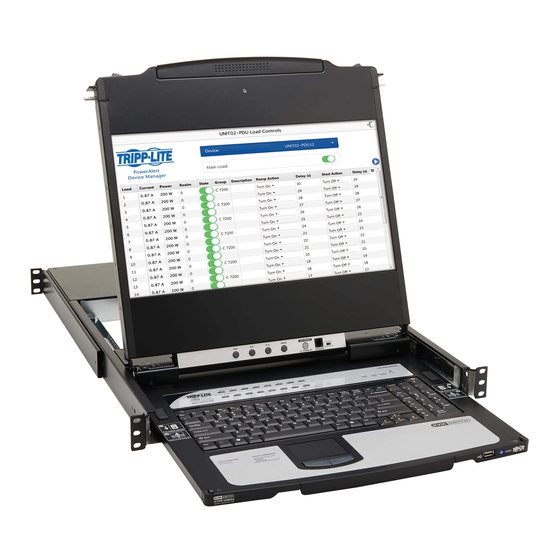Table of Contents
Advertisement
Quick Links
NetDirector
Console KVM Switch with
Models: B030-008-17-IP, B030-DP08-17DIP, B030-DP16-17DIP
Owner's Manual
IP Access
WARRANTY REGISTRATION
Register your product today and be
automatically entered to win an ISOBAR
surge protector in our monthly drawing!
tripplite.com/warranty
1111 W. 35th Street, Chicago, IL 60609 USA • tripplite.com/support
Copyright © 2020 Tripp Lite. All rights reserved.
Rack-Mount
®
®
1
Advertisement
Table of Contents













Need help?
Do you have a question about the NetDirector B030-DP08-17DIP and is the answer not in the manual?
Questions and answers